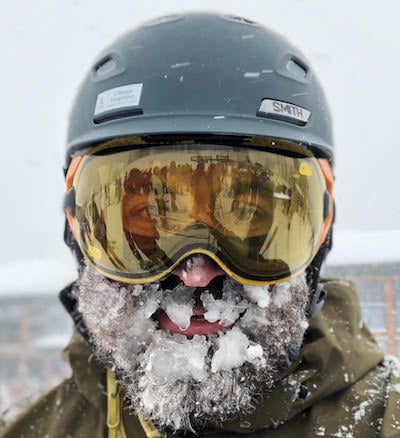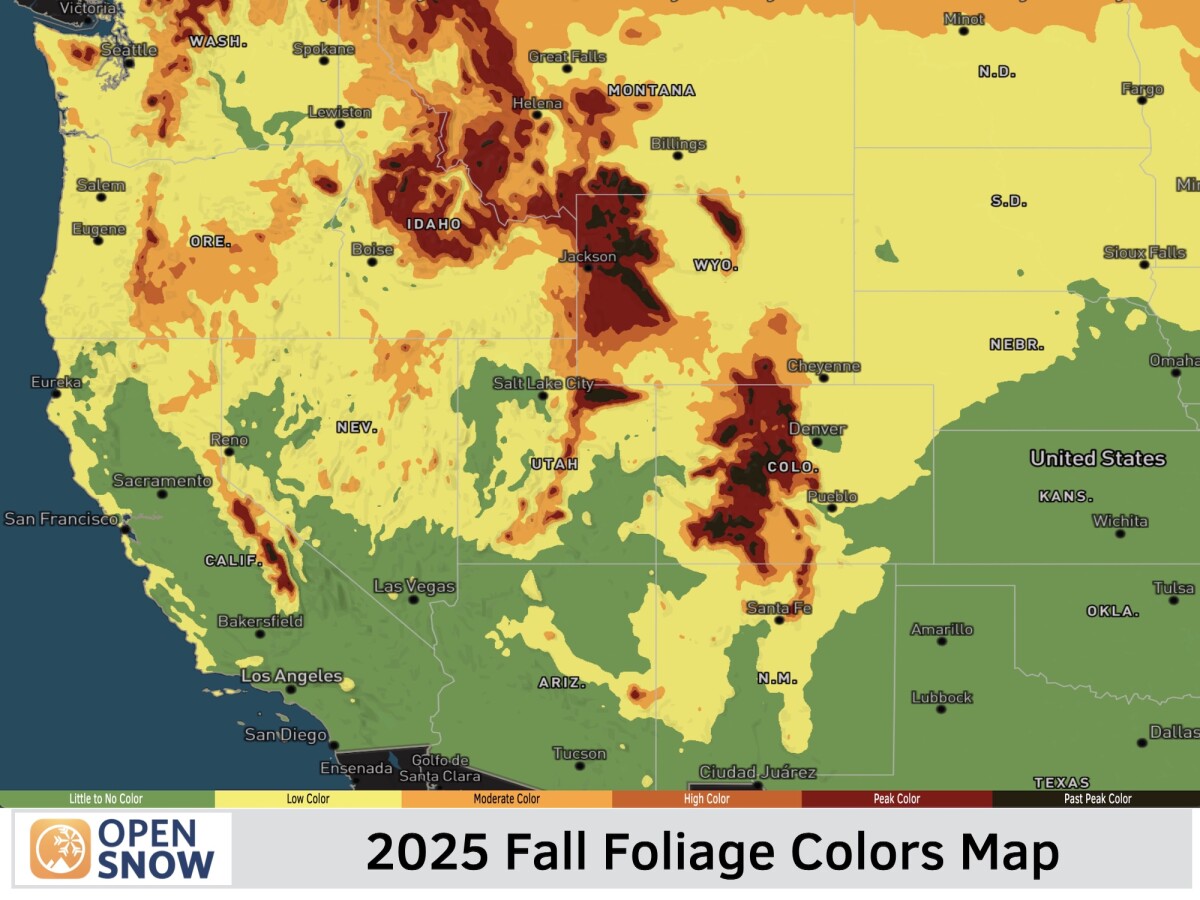News

By Luke Stone, Forecaster Posted 1 year ago October 10, 2023
2023-2024 Mt. Spokane Winter Forecast Preview

The 2022-2023 winter was a solid season for the Mt. Spokane. The snowpack trended just below normal, with a very slow start to the season. January through April were all above normal though, leading to a slightly below normal snowpack by the end of the season.
As we look ahead to the 2023-2024 winter season, it's important to remember that any winter outlook will contain an inherent degree of uncertainty. However, there are a few clues that we can keep an eye on thanks to everyone's favorite weather phenomenon: El Niño.
For the upcoming winter season, an El Niño looks to be in store, and better yet, current sea surface temperatures are showing a strengthening El Niño event.
There are a few additional caveats to this year’s El Niño. First, the atmospheric response to the above normal tropical Pacific ocean waters has been much slower than previous El Niño years. Secondly, the sea-surface temperatures across the entire globe are well above normal, resulting in less of a gradient between these areas. In total, these two factors could lead to more unexpected temperature and precipitation patterns throughout the winter, allowing different mechanisms to interfere with or reinforce classic El Niño teleconnections.
El Niño, Explained
The term El Niño refers to the large-scale ocean-atmosphere climate phenomenon linked to periodic warming in sea-surface temperatures across the central and east-central equatorial Pacific.
El Niño represents the warm phase of the ENSO cycle and means that the ocean water temperatures are warmer than average.
Ski Season Snowfall vs. El Niño
The map below shows winter snowfall during seven significant El Niño episodes across the United States. The higher the number, the stronger the El Niño. The blue dots are above average, the white dots are average, and the orange dots are below average snowfall.

In general, El Niño winters tend to favor below normal snowfall in Washington. There is also some indication that a stronger El Niño favors even less snowfall than weak and moderate events.
Overall, it is more likely that early season snowfall will be normal to above normal, while mid to late season (Jan-Apr) is more likely to be below normal.
Historical El Niño Seasons @ Mt. Spokane
After looking back at the seven most recent significant El Niño years and comparing them against the 30-year median snow water equivalent (SWE) on March 31 of 51.3 inches at the Quartz SNOTEL near Mt. Spokane, I've found that the median SWE during those El Niño years is 45.9 inches on March 31 or 89% compared to the 30-year normal.
SWE on March 31 During El Niño
- 1991-2020: 19.3" (30-year normal)
- 1991-1992: 10.5"
- 1997-1998: 19.8"
- 2002-2003: 14.1"
- 2009-2010: 15.4"
- 2015-2016: 23.1"
Two out of the seven El Niño years produced above normal snow water equivalent (SWE) wth five out of the seven were below near Snoqualmie Pass on March 31.
For timing, when looking at the change in SWE each month during the five most recent significant El Niño episodes and comparing them against the 30-year median change in SWE for that month...
- November: 4.2" (130%)
- December: 11.5" (133%)
- January: 13.6" (94%)
- February: 16.3" (86%)
- March: 16.3" (85%)
- April: 5" (49%)
It tends to be that the early season (Nov-Dec) is more likely to be above normal, while mid to late season (Jan-Apr) is more likely to be normal to slightly below to below normal.
2015-2016 El Niño Season
The most recent El Niño in 2015 - 2016 was a departure from the historical trends for snowfall in the region. The season started very slow with minimal snow in November but December finished the year out strong. January through March were above normal, but April came up well short. Temperatures were above normal as well.
Overall, history tells us that the Mt. Spokane tends to see below normal snowfall during moderate and strong El Niño events.
Having said all of this, for skiers and snowboarders, keep in mind that when it comes to finding the best conditions, it’s all about timing. To have the best chance of enjoying the deepest powder, our recommendation is to book a trip 7-10 days in advance.
Sometimes, longer-range forecasts can identify possible storms 1-2 weeks (or longer) in advance, but often, forecast confidence in the details of each storm only begins to increase when the system is about one week away or closer.

If you're ready to level up your weather app for the upcoming winter season, consider upgrading to OpenSnow All-Access. Whether you’re chasing powder, searching for sunny days, or something in between, our 10-day snow forecasts, expert "Daily Snow" forecasters, and high-resolution weather maps have you covered.
But don't just take my word for it ... "Any weather app can give a mediocre forecast for a mountain town, but only OpenSnow provides a good idea of actual mountain conditions. It's a small price to pay ($29.99/year) for the best weather forecasts." – Real App Review
Luke Stone
Forecaster, OpenSnow
About The Author




